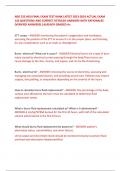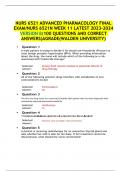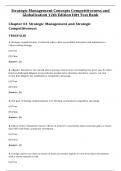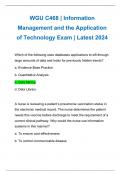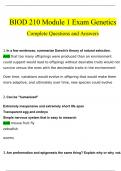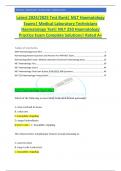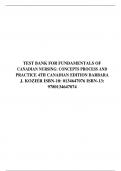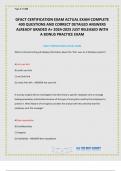Exam (elaborations)
NSG 233 HESI FINAL EXAM TEST BANK LATEST ACTUAL EXAM 120 QUESTIONS AND CORRECT DETAILED ANSWERS WITH RATIONALES (VERIFIED ANSWERS) |ALREADY GRADED A+.
- Course
- Institution
NSG 233 HESI FINAL EXAM TEST BANK LATEST ACTUAL EXAM 120 QUESTIONS AND CORRECT DETAILED ANSWERS WITH RATIONALES (VERIFIED ANSWERS) |ALREADY GRADED A+.
[Show more]
